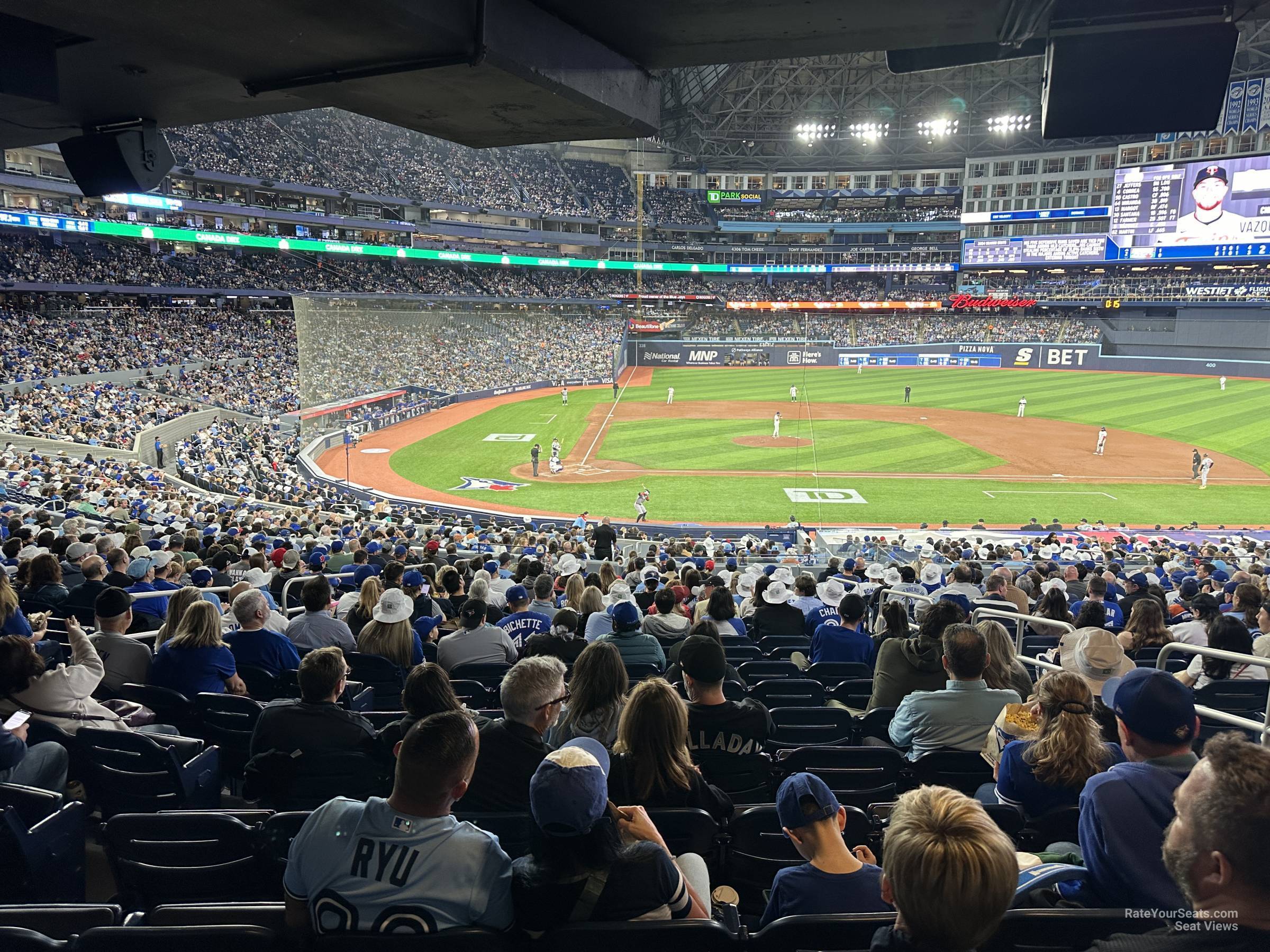History and Evolution of the Rogers Centre
Since its opening in 1989, the Rogers Centre has stood as a beacon of Canadian sports and entertainment, playing host to an impressive roster of events and transforming the landscape of downtown Toronto. Initially built as the SkyDome, the venue was revolutionary for its fully retractable roof, allowing for year-round use—a significant milestone in the world of sports facilities.
The 1992 World Series, where the Toronto Blue Jays claimed victory on home turf, marked the stadium’s ascent in sporting prestige. It became the first venue outside the United States to host a World Series game, firmly establishing its significance in the hearts of Canadian sports fans.
The Cultural Impact of the Rogers Centre
The Rogers Centre is not just a stadium; it is a cultural hub. It hosts concerts, major sporting events, and even political conventions, making it a microcosm of Toronto’s diverse culture. Recent events, such as Beyoncé and Jay-Z’s On The Run II tour, have showcased the venue’s versatility while garnering significant media coverage.
In 2023, the Rogers Centre was home to over 200 events, with the Toronto Blue Jays accounting for more than 80 of those dates. Social media sentiment around these events has been overwhelmingly positive with tweets celebrating everything from game-day experiences to the atmosphere during concerts. The hashtag #RogersCentre continues to trend, especially during the baseball season, highlighting its role as a social gathering point for fans.
Modern Challenges and Future Prospects
However, the Rogers Centre faces significant challenges as it enters its fourth decade. Aged infrastructure, competition from newer venues, and the rising expectations of tech-savvy audiences have driven calls for modernization. Critics argue that the facility is in dire need of upgrades to enhance the fan experience, improve sightlines, and incorporate new technologies.
“As we move forward, the Rogers Centre must evolve to meet the demands of a younger generation of fans,” says Brian Thompson, a sports analyst based in Toronto. “They’re looking for not just a game, but an experience. Without investment, the venue risks becoming obsolete in a rapidly changing entertainment landscape.”
In an effort to address these concerns, stakeholders have proposed renovations that could bring the facility up to date with the latest trends in sports entertainment. Plans may include upgraded seating, modernized concourses, and improved amenities, ensuring that fans enjoy a seamless experience from the moment they arrive.
A Community Staple or Outdated Landmark?
Public reaction to potential renovations has been mixed, with many longtime fans advocating for preservation while newer generations clamour for innovation. Social media platforms buzz with discussions around what the future of the Rogers Centre should look like, with sentiments reflecting either nostalgia for its storied past or hope for a thrilling future.
As the discussions manifest, the fate of the Rogers Centre symbolizes a broader transformation in how society interacts with sports venues. The outcome will not only redefine its status in Toronto but will also set a precedent for other aging stadiums across Canada.

